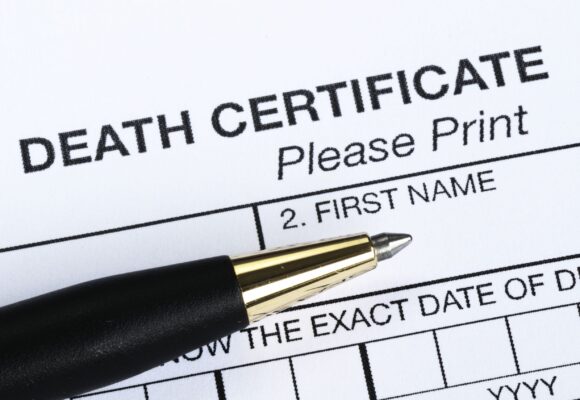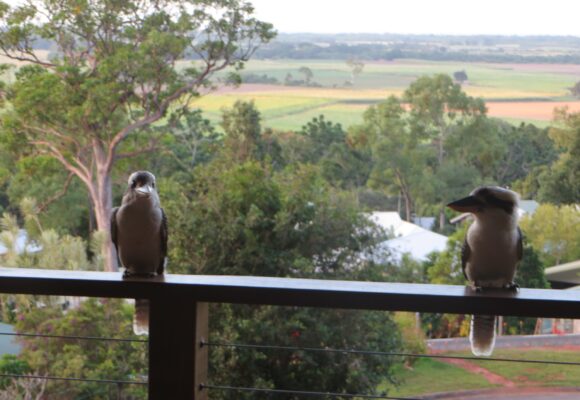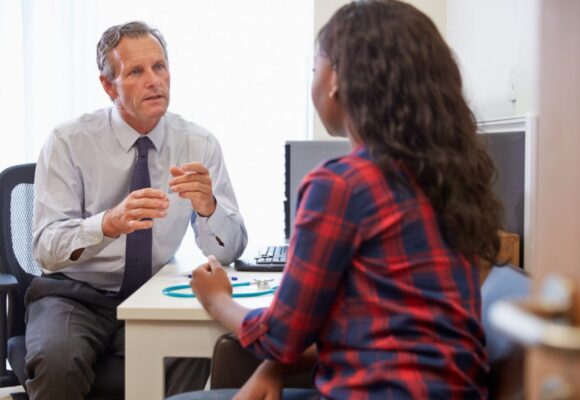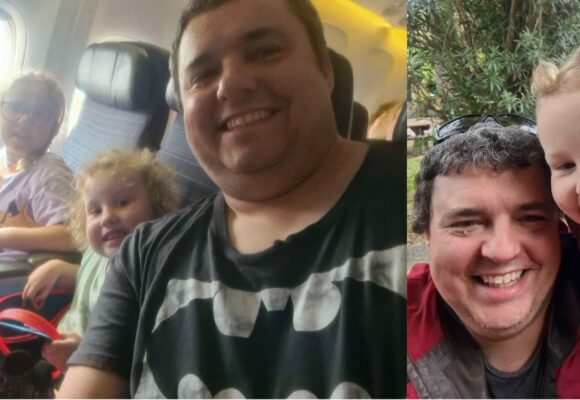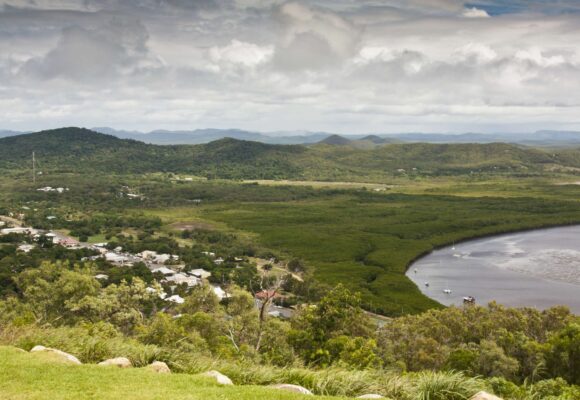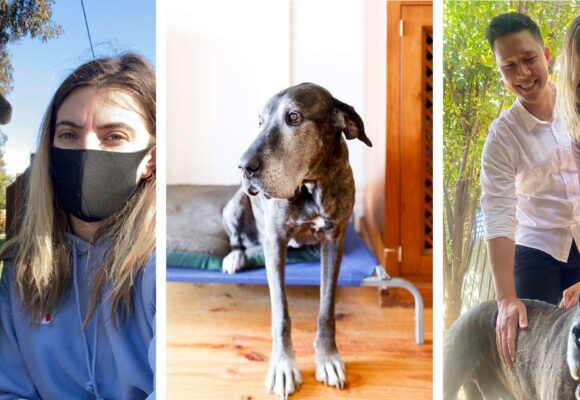Filling out Certificates: Life Extinct and Death
Filling out certificates seems to constitute an increasing part of a GP’s job. The variety and sheer number of different forms to be familiar with can be difficult for GP registrars starting out in General Practice in Australia. Certificate completion requiring a degree of urgency, can occur unexpectedly in the middle of an already busy...
Read More
